Capture One Tutorial.
Creating / correcting vignetting.

Vignetting is the darkening of the edges of an image. This phenomenon can be considered a defect when it is due to a low-quality lens or a lens hood that is too long. However, vignetting is sometimes used to draw the reader's attention back to the centre of the image, to prevent the eye from leaving the image too quickly.
Adding vignetting is really easy with Capture One: simply move a slider, to the left to darken the edges of the image, or to the right to lighten them
(in the latter case, it's more a case of correcting a defect in the lens).
As this operation is really very easy, this tutorial will confine itself to commenting on the three types of vignetting offered by Capture One:
Circular on crop, Eliptic on crop, and Circular.
Adjust vignetting with Capture One.
All you have to do is find the right cursor: it's in the Lens tool tab.









Moving this slider to the left darkens the edges of the image by up to 4EV, i.e. 4 f-stops.
Below this slider is the Method option, which determines how Capture One will apply the vignetting:
- Eliptic on crop. This will probably be the option you use most often. Vignetting is based on the edges of the image after any cropping. If the final image is rectangular, the vignetting will therefore have the shape of an ellipse.
- Circular on crop. As with the previous method, the vignetting is based on the edges of the image after cropping but this time the shape of the vignetting remains a circle, whatever the aspect ratio of the photo.
- Circular. The shape of the vignetting is a circle whose dimensions correspond to the original photo. Cropping will not change the shape or dimensions of the vignetting. This method is used to compensate for the vignetting of a lens; In this case, move the slider to the right to lighten the edges of the image.
Eliptic on crop
Circular on crop
Circular
Original photos
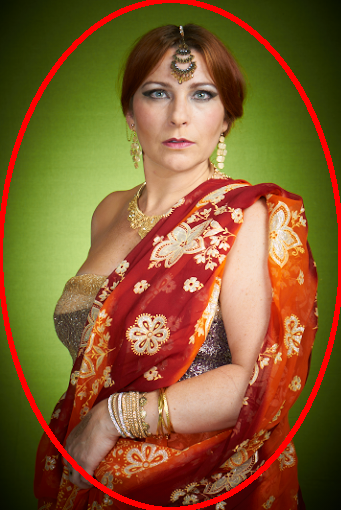
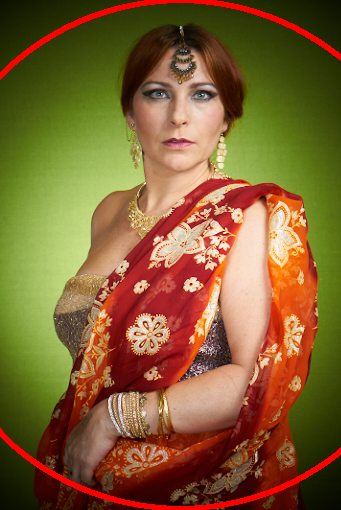
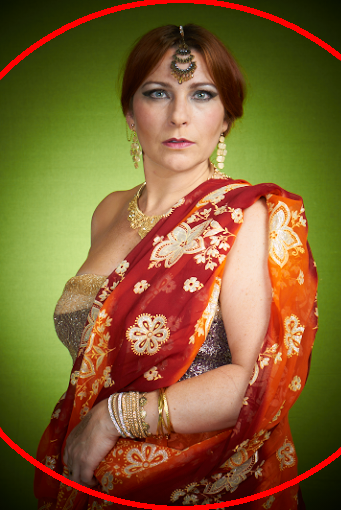
Cropped photos

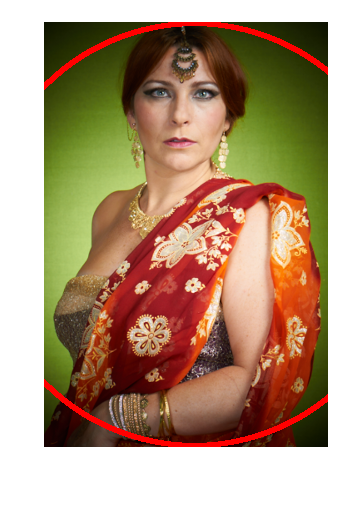
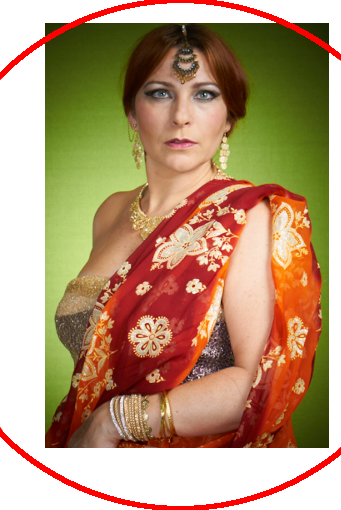
Note: in these examples, the vignetting has been deliberately exaggerated so that the differences between the three methods are clearly visible. In practice, vignetting can be imperceptible but still play its role, which is to focus the reader's attention on the centre of the image.
You should also know...
- Vignetting can sometimes be useful for recovering an overexposed sky: rather than darkening the entire Instead of darkening the entire image, you can use vignetting to leave the centre of the image unchanged.


If you liked this page, share it on your favorite network :